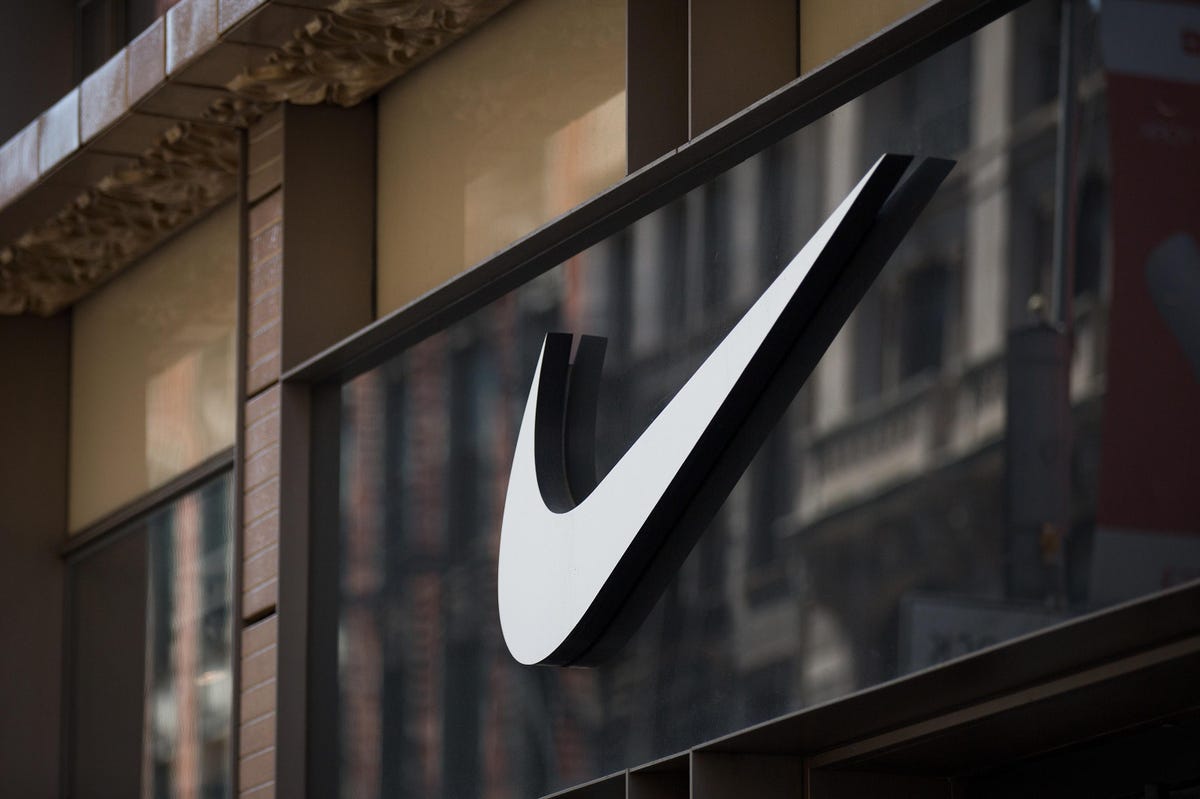
Nike’s Consumer Direct Acceleration Offense is a key strategy that has allowed the brand to continue … [+]
Nike announced first quarter earnings (Q1) for fiscal year 2022 month ending August 31, 2021, with revenues up 16% compared to last year. Nike direct sales were up 28% and gross margin improved to 46.5% as compared to 44.8% in Q1 last year. John Donahoe, CEO of Nike, discussed the growth in Q1 despite current supply chain issues and inventories being flat to last year. “Nike is doing what we always do, playing the offense. We have gotten stronger from the pandemic and will be even stronger as we emerge from it.” Nike anticipates that prices will rise in the second half of the year to offset costs related to on-going supply chain issues.
Digital acceleration continues to dominate
Nike’s consumer direct acceleration is a key strategy that has allowed the brand to continue to grow even as it has navigated through the pandemic. Nike direct growth of 25% includes its own stores and Nike digital sales. “Nike is a growth company with a market opportunity as large as it’s ever been,” said Matt Friend, executive vice president and CFO NIKE
Digital sales for Q1 was 20% of total sales and the company is confident it will meet its goal of having digital represent 40% of total revenue by 2025. The Nike app has spurred the convergence of digital and physical shopping for consumers. The app provides endless aisles of products and eliminates friction points in the shopping journey. Digital sales are positively impacted by the growth of the Nike app.
Supply chain issues abound
Supply chain issues have been a challenge throughout the quarter. Congested ports and factory closures in Q1 due to COVID related issues have negatively impacted the flow of products to stores, fulfillment centers and wholesale partners. All footwear factories in Vietnam are still closed due to government mandates relating to COVID related issues resulting in a ten week slow down in production. As a result of these issues, Nike has readjusted its forward looking statements for the second half of the year to single digit increases. Prior financial outlooks were a lower double digit increase.
Price increases will be implemented in the second half of the year to offset transportation, logistics and air freight costs required to move products through the supply chain especially to meet holiday demand. The continued shift to direct to consumer, a more profitable business for Nike, will also help to offset anticipated added costs in the second half of the year. Friend stated, “Nike’s long term vision remains unchanged despite short term operational dynamics, the Consumer Direct Acceleration offense is driving the business forward.”
MORE FOR YOU
Donahoe discussed Nike becoming more agile, more direct, and more digital. “The competitive advantages of innovative products, brand strength fueled by compelling storytelling, and a roster of the world’s best athletes and digital experience will continue to create separation from competitors.”



